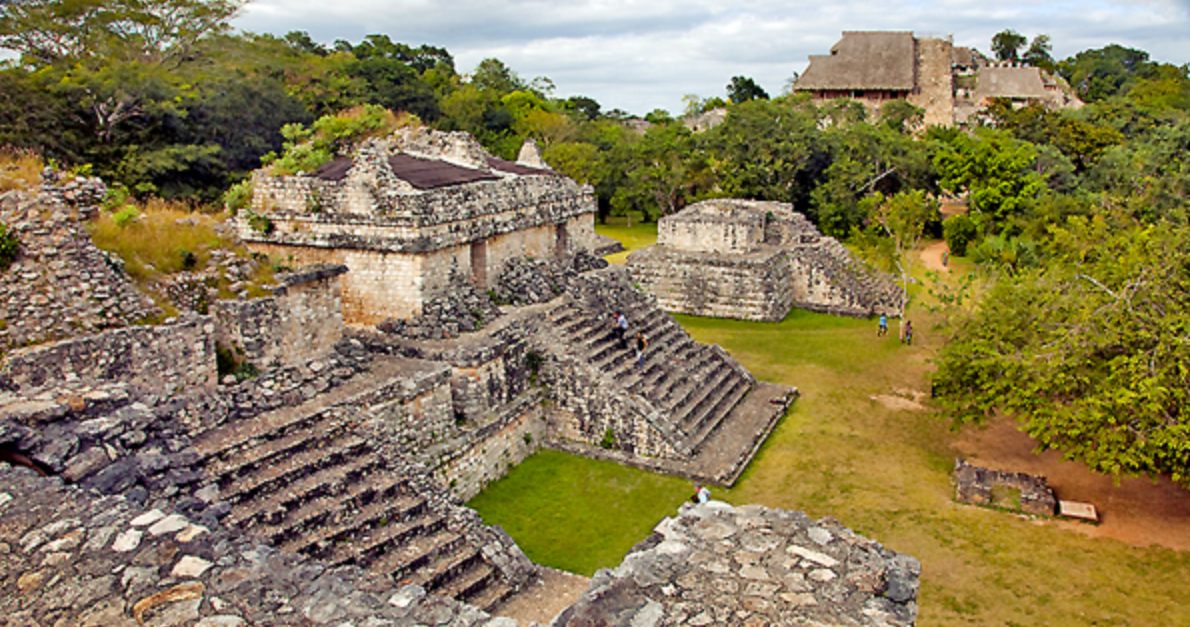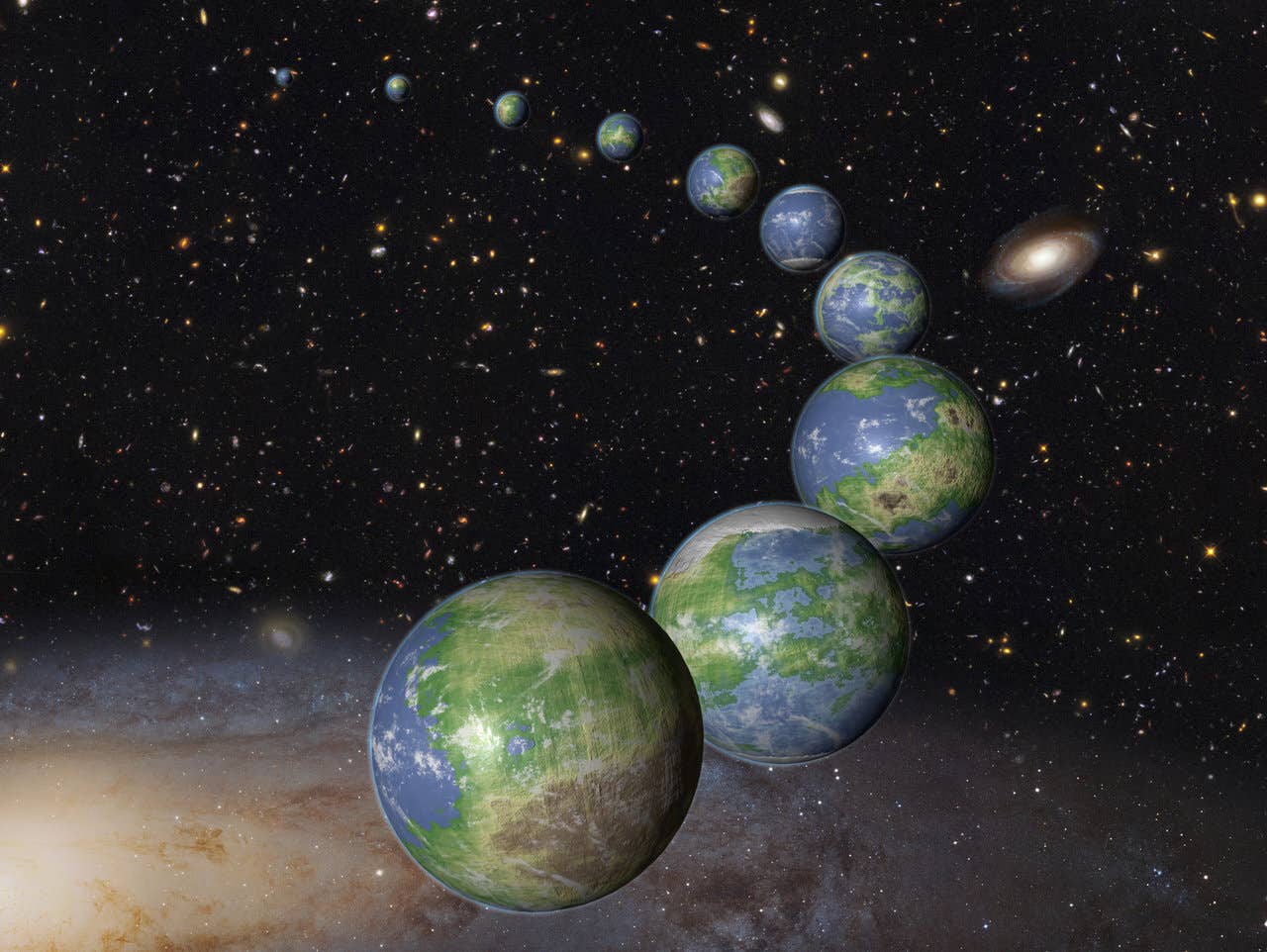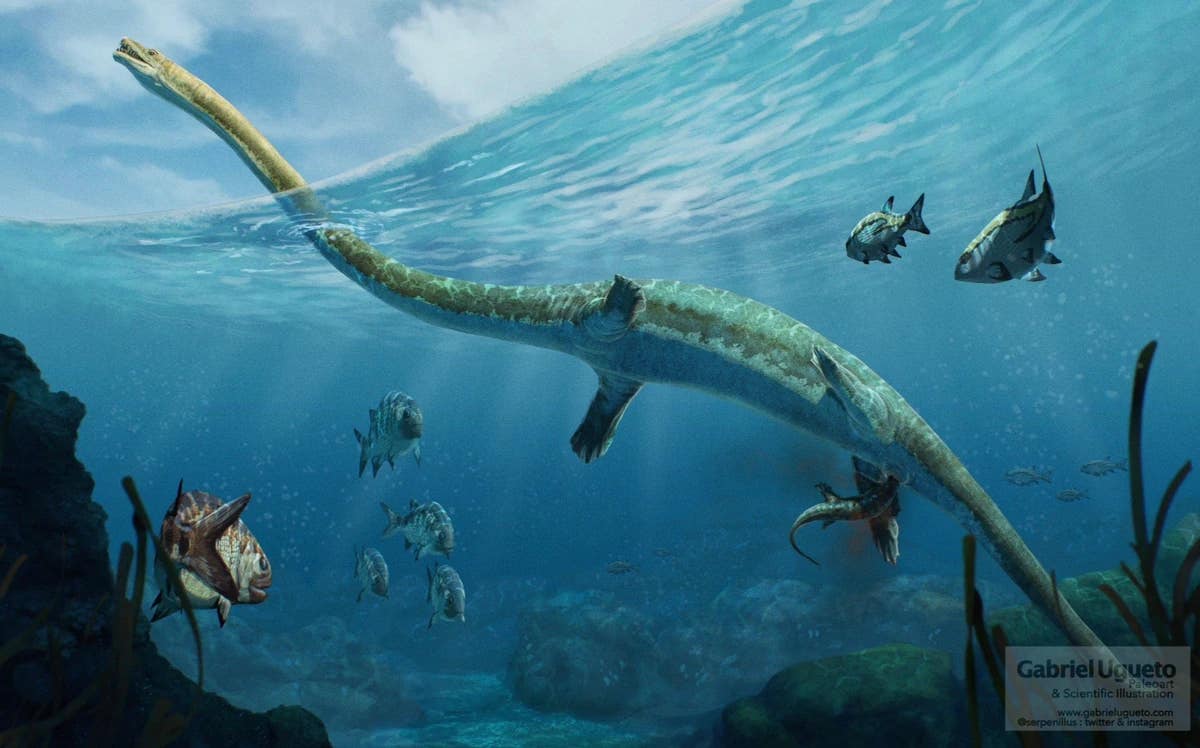Scientists discover what caused the collapse of the Mayan civilization
The role of climate change in the collapse of the Mayan civilization is somewhat controversial, partly because previous records are limited

The role of climate change in the collapse of Classic Maya civilization is somewhat controversial, partly because previous records are limited. (CREDIT: Creative Commons)
The drought severity during the collapse of the Maya civilization about 1,000 years ago has been measured, offering more evidence to understand the downfall of this ancient society.
Nick Evans, a PhD student in Cambridge’s Department of Earth Sciences and the paper’s first author, mentioned, “The role of climate change in the collapse of Classic Maya civilization is somewhat controversial, partly because previous records are limited to qualitative reconstructions.” This implies that previous research lacked quantitative data.
Researchers from the University of Cambridge and the University of Florida conducted the study at Lake Chichancanab in Mexico’s Yucatán Peninsula, where the Maya civilization flourished. They used a novel method to measure different isotopes of water trapped in gypsum, a mineral formed during droughts when water levels drop.
Scientists studied water samples in Mexico's Lake Chichancanab where the Maya were based. (CREDIT: Creative Commons)
Their findings, published in the journal Science, indicate a significant decrease in annual precipitation by 41% to 54% compared to present-day levels during the Maya civilization’s collapse. Moreover, peak drought conditions saw reductions of up to 70% in rainfall, along with a decline in relative humidity by 2% to 7%.
Evans noted the study’s significance, saying, “Our study represents a substantial advance as it provides statistically robust estimates of rainfall and humidity levels during the Maya downfall.”
The Classic Maya civilization spanned from 250 CE to 800 CE, characterized by monumental architecture, intellectual achievements, and city-state growth.
Related Stories
However, during the 9th century, a political collapse occurred, leading to the abandonment of limestone cities and the end of dynasties, although the Maya people continued to exist, albeit with diminished political and economic power.
Various theories exist regarding the causes of the Maya collapse, including invasion, war, environmental degradation, and disrupted trade routes. However, climate records from the period suggest a correlation with an extended drought, as evidenced by Professor David Hodell's research in 1995.
Hodell and his team applied a new method to estimate the extent of this drought by analyzing the isotopes of water trapped within gypsum from Lake Chichancanab. This method allowed them to reconstruct hydrological conditions during the Maya collapse period.
A mask of the Maya rain God ‘Chaac’ on a building at Labná in the Puuc region of the northern Yucatán Peninsula. The prevalence of Chaac masks in the architecture throughout the Maya region is a testament to the importance of rainfall to the Maya. (CREDIT: Mark Brenner)
The researchers measured oxygen and hydrogen isotopes within the gypsum's crystal structure, reflecting changes in rainfall and relative humidity between 800 and 1000 CE. Evans likened this method to "measuring the water itself," emphasizing its accuracy.
During droughts, lakes like Chichancanab experience increased evaporation, causing heavier isotopes to dominate the water composition. By analyzing the isotopic composition within each layer of gypsum, the researchers constructed a model to estimate past changes in rainfall and humidity.
Water isotopes during drought periods compared to modern water isotopes of Lake Chichancanab. (CREDIT: Science)
This quantitative climate data could help predict how droughts affected Maya agriculture, particularly the yields of staple crops like maize.
The research received support from the European Research Council, showcasing the collaborative efforts of institutions in unraveling the mysteries surrounding the collapse of the Maya civilization.
For more science stories check out our New Discoveries section at The Brighter Side of News.
Note: Materials provided above by the The Brighter Side of News. Content may be edited for style and length.
Like these kind of feel good stories? Get the Brighter Side of News' newsletter.
Joshua Shavit
Science & Technology Writer | AI and Robotics Reporter
Joshua Shavit is a Los Angeles-based science and technology writer with a passion for exploring the breakthroughs shaping the future. As a contributor to The Brighter Side of News, he focuses on positive and transformative advancements in AI, technology, physics, engineering, robotics and space science. Joshua is currently working towards a Bachelor of Science in Business Administration at the University of California, Berkeley. He combines his academic background with a talent for storytelling, making complex scientific discoveries engaging and accessible. His work highlights the innovators behind the ideas, bringing readers closer to the people driving progress.



